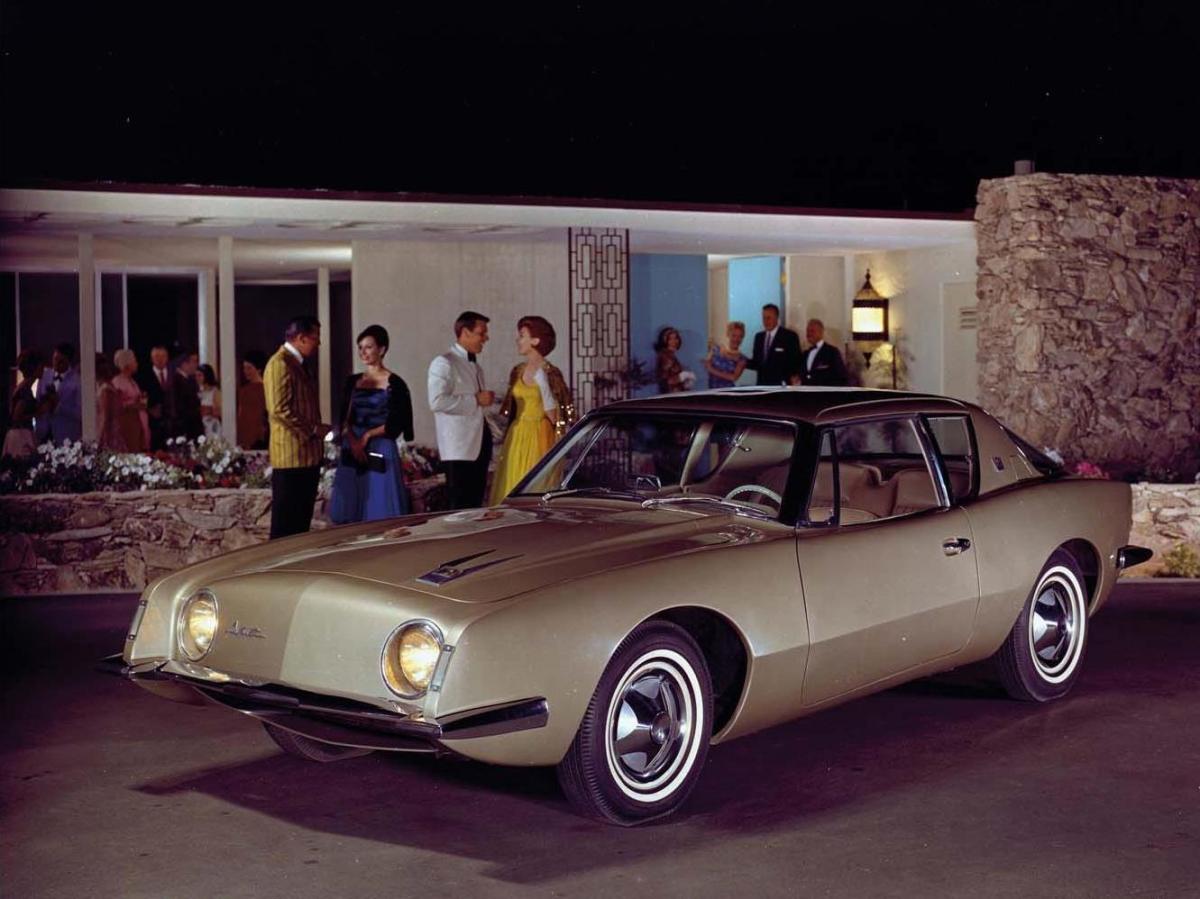Image: Raymond Loewy for Studebaker Corporation, Avanti automobile (image from company brochure) designed 1961, manufactured 1963–64 / Courtesy: Studebaker National Museum, South Bend, Indiana.
It is difficult to hide from mid-century modern design, with popular home decorating magazines consistently including mid-century modern pieces in their glossy pages, and new furniture lines by the popular chain stores Freedom and Ikea introducing decidedly modern designs through tapered legs, clean lines, and geometric shapes. Once thought of as the result of hours scouring flea markets and second-hand stores, mid-century modern furniture and objects can now be acquired with ease, and the booming popularity of mid-century modern design is most commonly thought to have been inspired by the television show Mad Men, an American drama set in the 1960s which has received acclaim for its authentic portrayal of the fashion, design, and sexism of the Sixties.
While it is undeniable that popular culture can certainly affect how we live – and design – our own lives, the Queensland Art Gallery exhibition California Design 1930 – 1965: Living in a Modern Way does not credit Mad Men for the current popularity of mid-century modern design, but instead reflects on the history of the era, and the necessity of a modern design that aligned with a minimalist way of living. Therefore, while nostalgia certainly plays a role in our newfound love for mid-century modern design, it is also possible that economic uncertainty and a push for sustainability in the present day has inspired a shift towards the minimalist necessity of the past.
If the popularity of mid-century modern design is indeed a case of ‘back to the future’, California Design 1930 – 1965 provides comprehensive insight into our love for modern, clean, and simple design. The exhibition is separated into the four themes of shaping, making, living, and selling, taking viewers on a journey through the boom economy of the 1920s and the introduction of modern design in the 1930s, through to post-war objects, fashion, textiles, architecture and styling, essentially taking viewers back to an era of simplicity, beauty, and undeniable uncertainty.
The exhibition is not your normal historical display, and for lovers of mid-century modern design, the retro music piped through the gallery rooms, the fit-out of an authentic mid-century modern living room designed specifically for comfort and conversation, and the chance to stand before the genuine designs of John Kapel, Sam Maloof, Richard Neutra, Charles and Ray Eames, and Dan Johnson is truly a transformative experience. In essence, even if you are not a convert to minimalist sensibility, it is difficult to leave this exhibition without wanting to pare back your own surroundings and return to design that is as simple, refined, and inspiring as the era that created it.
Rating: 5 stars out of 5
California Design 1930 – 1965: Living in a Modern WayCurated by Wendy Kaplan and Bobbye Tigerman
Queensland Art Gallery
2 November – 9 February





